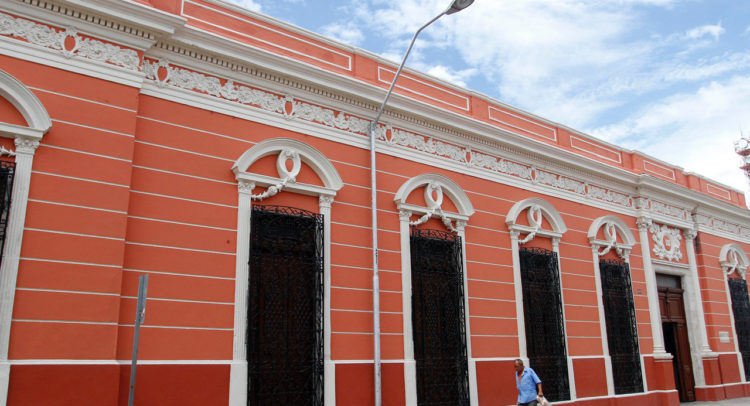Almost 50 percent of the housing of Merida’s historic center is owned by foreigners and people from other parts of Mexico, according to real estate consultancy Uno Consulting.
The average local workers are being displaced from Centro and find themselves “expelled” to the periphery of the city, according to the consultancy.
Given the high costs of maintaining a home in this area, considered the heart of the city of Merida, Centro is on the course of the Paseo de Montejo and the north-east and north-west sides of the city, according to Cristian Canto Villanueva, Uno director.
“The dynamics of housing today in the city shows us that 38 percent of (properties in Centro) of the city, now belongs to foreigners living in the capital and another 10 percent to the residents of other states in Mexico,” said the specialist.
This is due to the high costs of maintaining the infrastructure of the old or colonial housing, and only foreign investment or other parts of the country with greater economic income can solve them.
Added to this is the fact that other properties are abandoned or in the hands of business consortiums, so the term “housing” in the historic center of the city would be reduced to just under 30 percent of this area.
There are records of non-colonial housing prices that are now offered in areas such as the Vicente Solis colony, with a value of up to 1.6 million pesos. And others in the historic center of the capital, of more than four million pesos, which makes it highly expensive for a Meridano to acquire these properties.
“In addition to that we have that 70 percent of the supply of housing in the north, is acquired by residents who have come from other parts of the country, and acquire properties at costs higher than what a local average worker can pay,” he said.
This leaves an average of 80 percent of housing acquired through the Institute of the National Housing Fund for Workers (Infonavit), by the average local worker mainly, who today has been “expelled” to the periphery of the city, in areas such as Ciudad Caucel, Juan Pablo II and Kanasín, among other points.
The impact of the acquisition of housing by foreigners in the central core of the city has also generated new dynamics of coexistence. For example, as it has been exposed by Punto Medio, international residents are the ones who promote the complaint of the “noise” of the downtown area late at night, when previously this did not represent any problem.
According to Canto Villanueva, this is in addition to the fact that housing development in Yucatan has been consolidated for two years, which marks the increase not only in the supply of houses of social status, but also in the “premium” housing valued between 2.8 and more than 4.5 million pesos.
“Yucatan, its capital has been popular for a couple of years being among the top 10 cities as the largest city of investment attraction and currently occupies the position number six,” he said.
He stressed that in the city, there are just over 110 thousand people with income capacity of between 110 thousand and 250 thousand pesos per month, who represent nine percent of the local population, with about 35 thousand families, who have a type of housing considered “plus” or “premium”.
This investment is estimated to come mainly from capital, between foreign and national. That is to say, it would enter within 70 percent of the offer acquired by non-local owners.
Text: Iván Duarte
Photos: Amílcar Rodríguez










